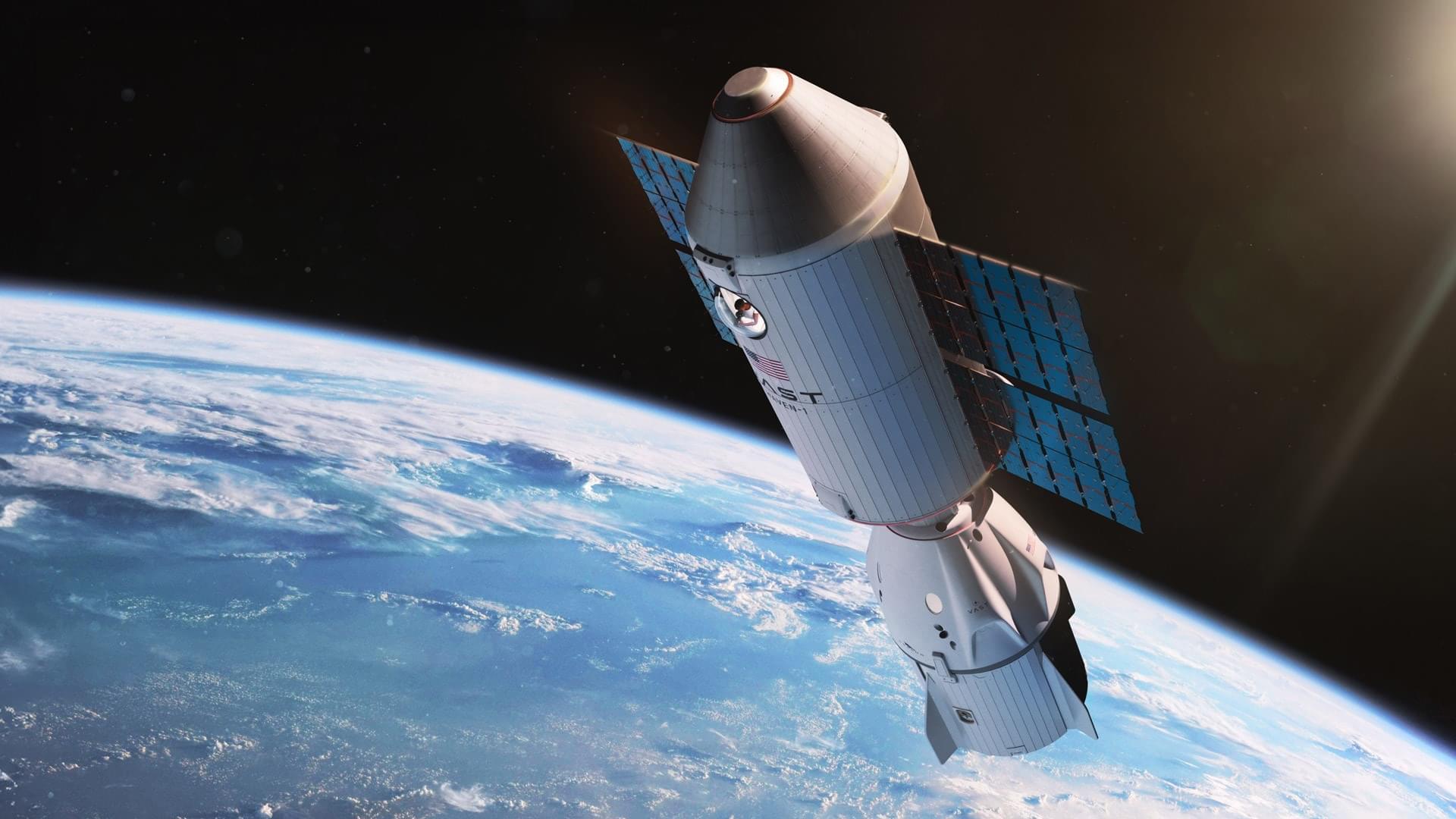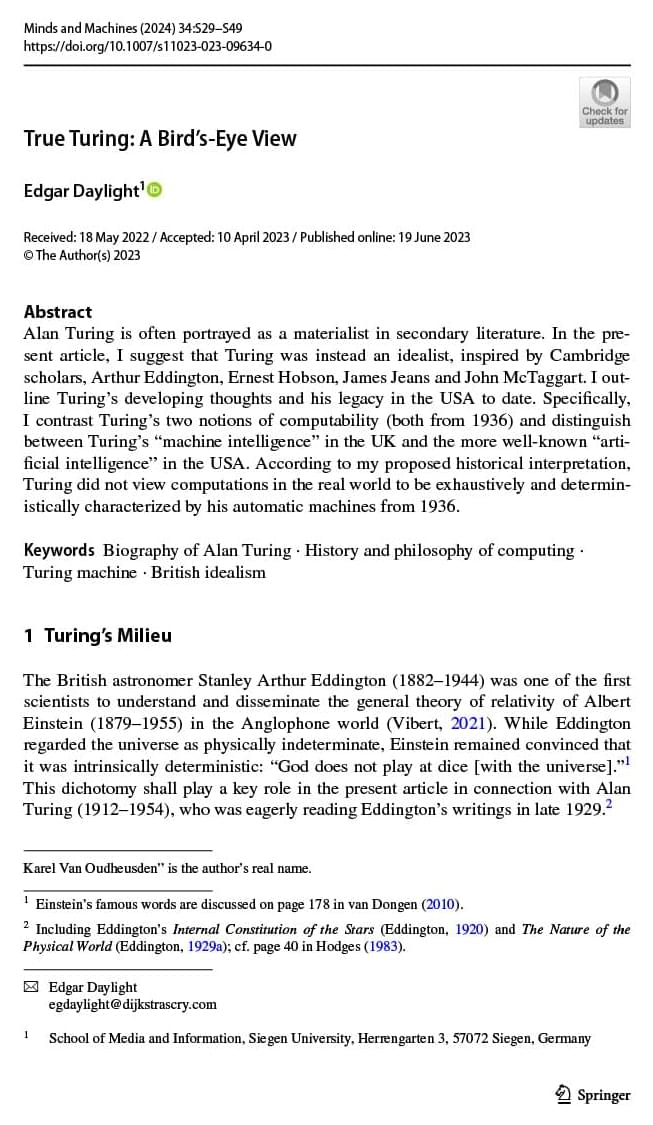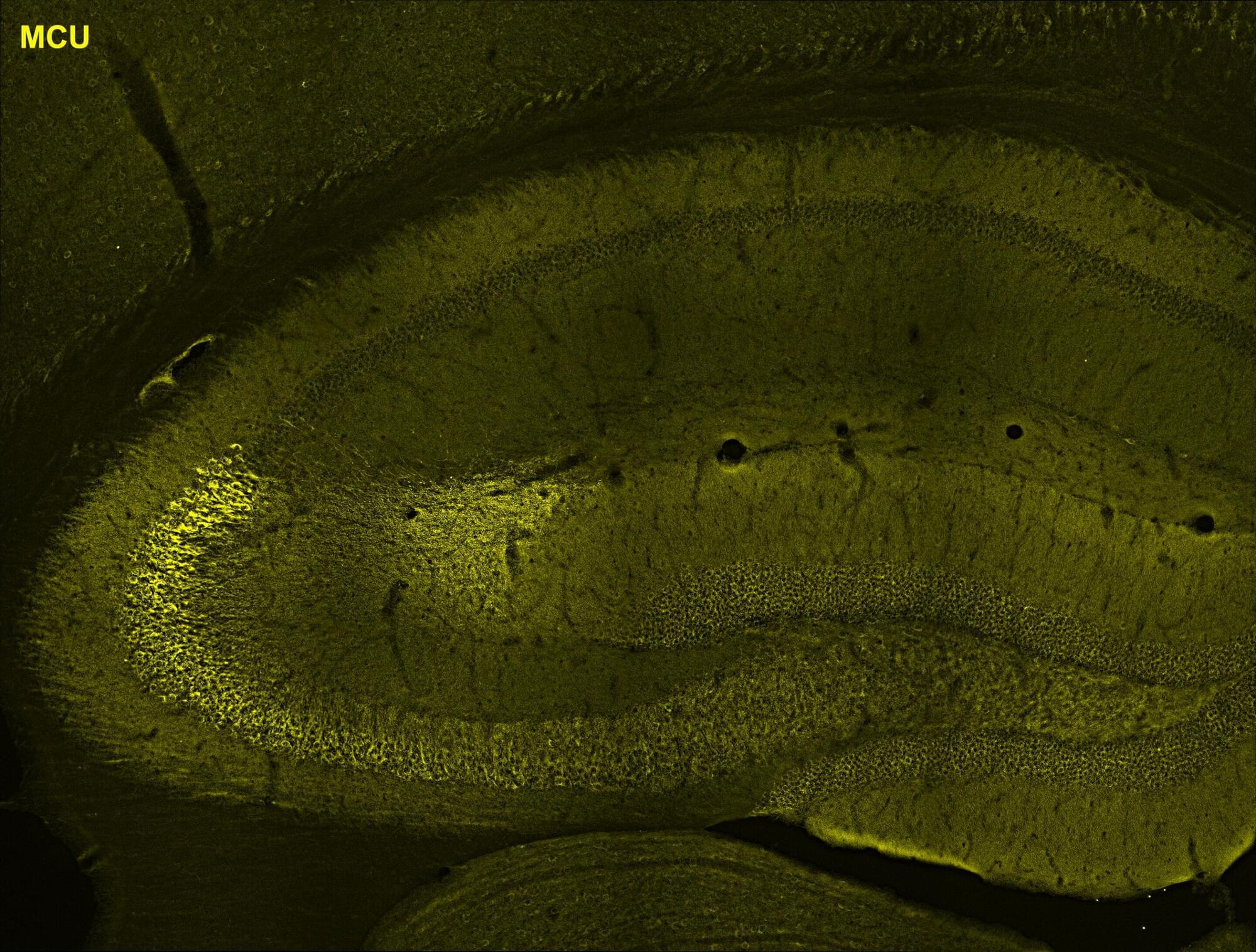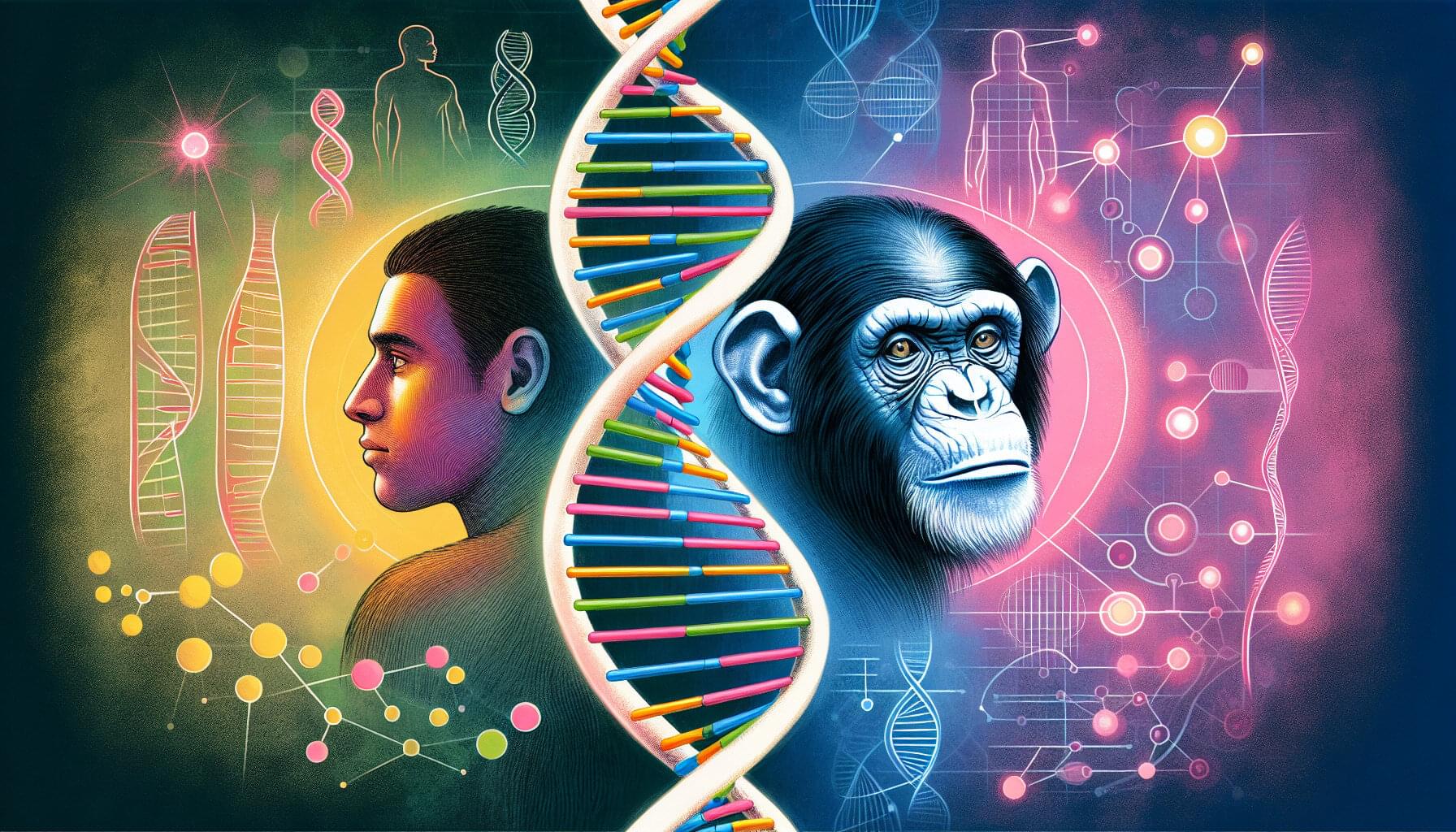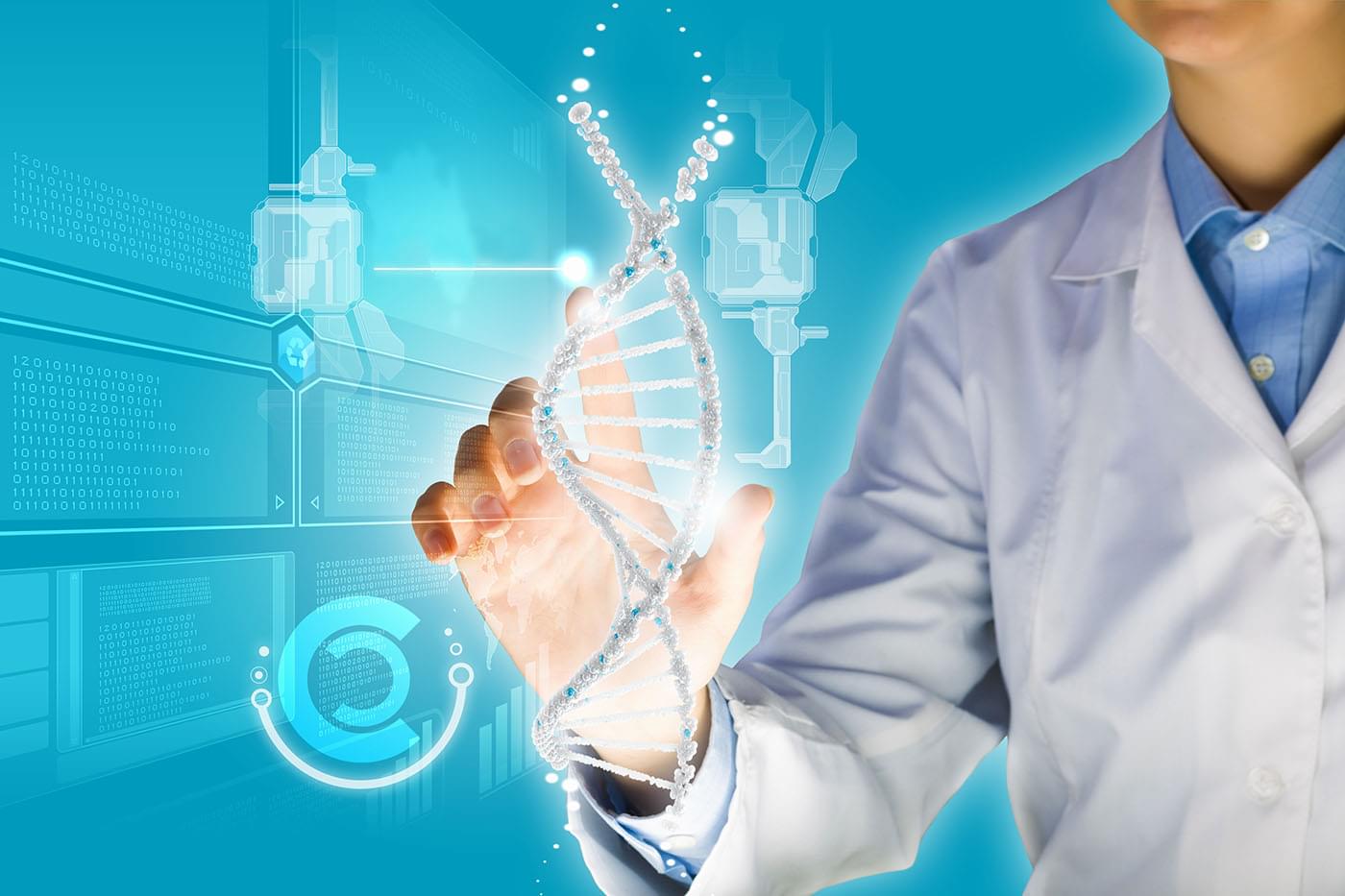You’re probably a bit tired by now of all this talk about private space stations coming from all over. Fatigue, most likely, does not come from the fact that several private companies are now working on this, because that’s very exciting, but from the fact that, despite the chatter, nothing significant seems to be happening.
You must take into account, though, that putting together a habitat that can safely house humans in space for long periods of time is not an easy task, and it requires millions invested and years spent on developing the required tech.
That means we’re likely still years away from seeing such a thing come to life. It turns out that we’ll not have to wait for too many years, though, as the first crewed flight to a private space station is now planned for 2026.
